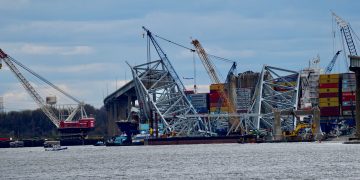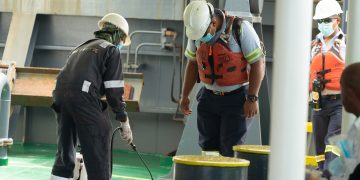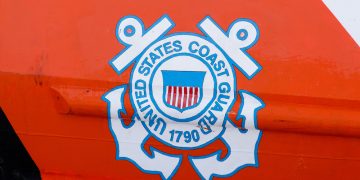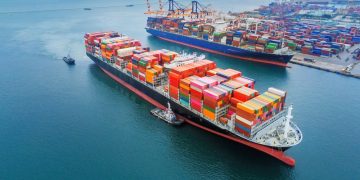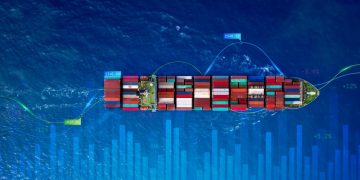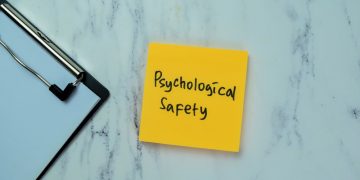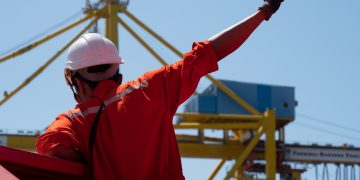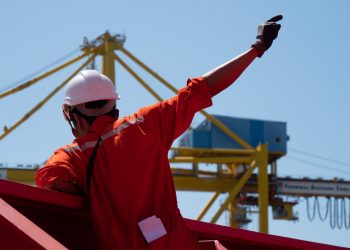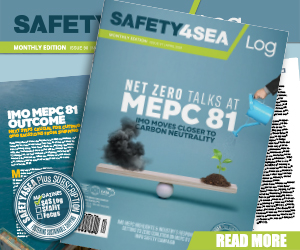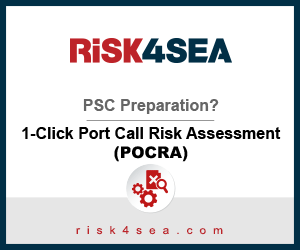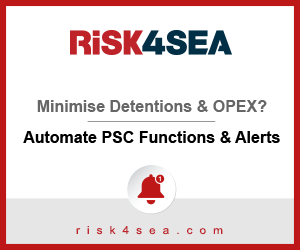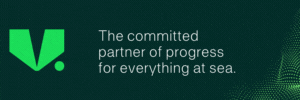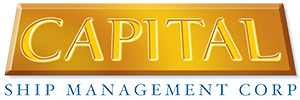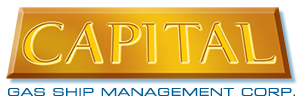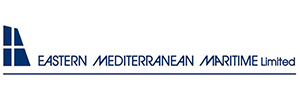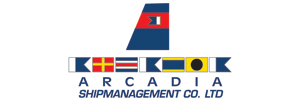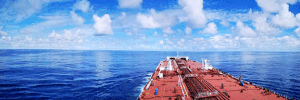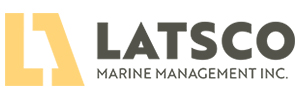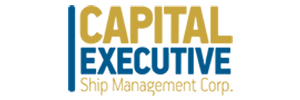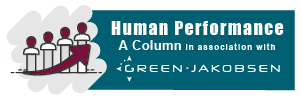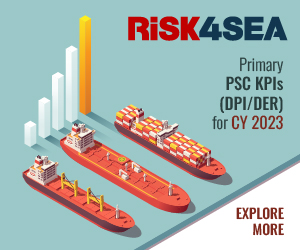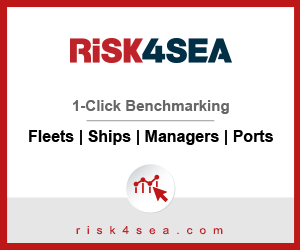While sci-fi movies picture intelligent machines taking over the world, the reality is that there are some pretty exciting developments happening in artificial intelligence. Especially in shipping, the industry develops better big data capabilities, and along with it the opportunity to build new systems that can help humans operate vessels more safely and efficiently.
How does AI work?
To understand the nature of artificial intelligence, we should focus on the use of machine learning which can be split into four categories:
#1 Reactive Machines: Reactive machines are great at playing specific games and following a prescribed set of rules, but their operation is limited. They will always produce the same result, if they have a particular set of inputs, thus being highly trustworthy, but they cannot interact with the world intelligently.
#2 Limited memory: Limited memory enables machines to look into the past to make better decisions. This can come handy in shipping, as for example, an autonomous ship will measure the speed and heading of other vessels in the area to establish the closest point of approach.
#3 Theory of mind: Theory of mind requires machines to be able to build representations of the world which consider the knowledge, beliefs, emotions, and intentions of others. This requires machines to understand that humans or other machines may hold different beliefs and act differently to them.
#4 Self Awareness: Self-aware machines are aware of their own existence, but not the way we humans interpret it. This is principally because our understanding of human consciousness limits our ability to replicate it with machines.
AI in the workplace
According to a report by McKinsey, most companies report measurable benefits from AI where it has been deployed; however, much work remains to scale impact, manage risks, and retrain the workforce.
Pros
- AI leads to returns: Aggregating across all of the use cases, 63% of respondents report revenue increases from AI adoption in the business units where their companies use AI, with respondents from high performers nearly three times likelier than those from other companies to report revenue gains of more than 10%.
- AI high performers engage in value-capturing practices: In order to capture value at scale, certain core practices include aligning business, analytics, and IT leaders on the potential value at stake from AI across each business domain. The survey results suggest these core practices hold true for scaling AI, given that respondents at AI high performers are far more likely than others to say their organizations apply these practices.
- Greater emphasis on workforce retraining: The majority of respondents’ companies are preparing for AI-related workforce changes. When asked about retraining workers in response to AI adoption, nearly six in ten respondents at companies using AI say at least some of their workforce has been retrained in the past year.
Cons
However, AI also has certain drawbacks, which of course affect shipping as well. More specifically:
- Poor data quality: The lack of reliable information across the entire supply chain, negatively affects data, and also prevents AI development. The solution to this is sourcing analytic insights from accurate data, as data-driven decisions are only as right as their insights.
- Fear of job replacement: A new report by Inmarsat indicates that seafarers are largely in favour of greater digitalization, but a sizeable proportion of those working at sea also fear shrinking job opportunities. Half of the seafarers responding expected job opportunities to decline by 25% within five years.
- Lack of clear strategy: Risks can be controlled when managing the process with a step-by-step case. A clear strategy establishes a set of actions to create an advantage over competitors.
AI projects in shipping
Singapore uses AI to identify maritime terrorist threats: Singapore will use a new artificial intelligence data processing system to identify threatening ships along its shores in real time. The “sense-making system” gathers updated information from local and foreign governmental and commercial sources and uses anything from the crew’s criminal records to the route the ship is sailing to determine threat levels.
Wallenius Wilhelmsen uses AI to reduce emissions: Wallenius Wilhelmsen adopted a fully AI-based approach to voyage optimization. Having implemented live streaming of vital data onboard 65 vessels, this new approach will help reduce fuel consumption by up to 10%.
First electric, autonomous containership, christened: Yara Birkeland will be put into operation in 2022. Initially, it will start a two-year trial period to become autonomous and certified as an autonomous, all-electric container vessel.
What about the AI ethics?
When we refer to ethical AI, we talk about considering the impact of AI systems on real people. One framework for approaching this topic is to identify who might be impacted, and how, and then take steps to mitigate any potential adverse impacts.
Case study
Consider an AI system that is used to approve or deny loan applications. One question to ask is whether the system disproportionately approves loans for applicants from a certain race or gender, for no reason other than their race or gender. Another question to consider is how the system arrives at its output.
As a matter of fact, according to the BCG Henderson Institute, responsible AI usually follows a technology-based approach. And here lies the problem. Scientists focus on the technical challenge of building goodness and fairness into AI and that is logically impossible to accomplish unless all humans are good and fair.
BCG’s report states that AI failure-related risks are at their highest when timely human intervention isn’t possible. Therefore, maintaining human control is central to responsible AI.
In order to ensure the AI technology is ethical, McKinsey calls operators to ask the following questions:
- Bias and fairness: Are the datasets that the model was trained on sufficiently representative and diverse?
- Explainability and transparency: Can we offer a plain-language explanation to individuals who are impacted by the system’s output?
- Human oversight and accountability: Is there a “human in the loop” who oversees and approves the model output using informed judgment?
- Privacy and data ethics: Has appropriate consent been obtained for any personal data used to train the model?
- Performance and safety: Has the appropriate level of testing and validation been performed to ensure the model output is sufficiently accurate?
- Security: Have security controls been put in place to protect the model from hacking or manipulation by third parties?
- Sustainability: How is the potential environmental impact of the energy required to train the model being taken into account?





